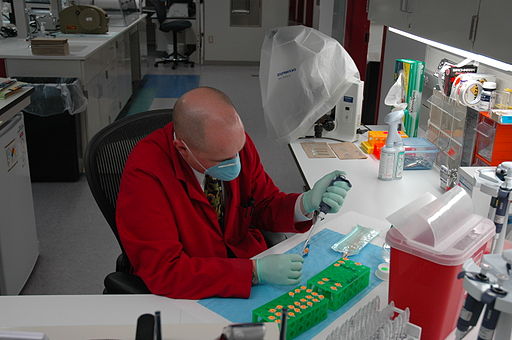Conflicting Views on a Wider Police Use of DNA
By Eli Rosenberg,
The New York Times
| 02. 10. 2017
The question of how widely investigators should be able to examine DNA databases is in the news, as officials in New York deliberate whether to authorize a method that could help find relatives of people charged with crimes.
Called familial searching, the technique attracted support after the murder of Karina Vetrano in Queens, a case that stymied investigators for months. Though a recent break in the case that led to the arrest of a suspect did not involve familial searching, the push for New York to join at least nine other states in authorizing the method has continued.
Familial searching allows investigators to look through databases with wider parameters to identify people who are most likely close relatives of the person who may have committed a crime. After a relative is found, investigators work backward to find the suspect. Many officials say familial searching is an important tool for solving particularly stubborn cases. It has led to arrests in cases like the so-called Grim Sleeper in Los Angeles. Ms. Vetrano’s parents, too, have advocated its use.
But the method...
Related Articles
By Josie Ensor, The Times | 12.09.2025
A fertility start-up that promises to screen embryos to give would-be parents their “best baby” has come under fire for a “misuse of science”.
Nucleus Genomics describes its mission as “IVF for genetic optimisation”, offering advanced embryo testing that allows...
By Hannah Devlin, The Guardian | 12.06.2025
Couples undergoing IVF in the UK are exploiting an apparent legal loophole to rank their embryos based on genetic predictions of IQ, height and health, the Guardian has learned.
The controversial screening technique, which scores embryos based on their DNA...
By Frankie Fattorini, Pharmaceutical Technology | 12.02.2025
Próspera, a charter city on Roatán island in Honduras, hosts two biotechs working to combat ageing through gene therapy, as the organisation behind the city advertises its “flexible” regulatory jurisdiction to attract more developers.
In 2021, Minicircle set up a...
By Vardit Ravitsky, The Hastings Center | 12.04.2025
Embryo testing is advancing fast—but how far is too far? How and where do we draw the line between preventing disease and selecting for “desirable” traits? What are the ethical implications for parents, children, clinicians, and society at large? These...




